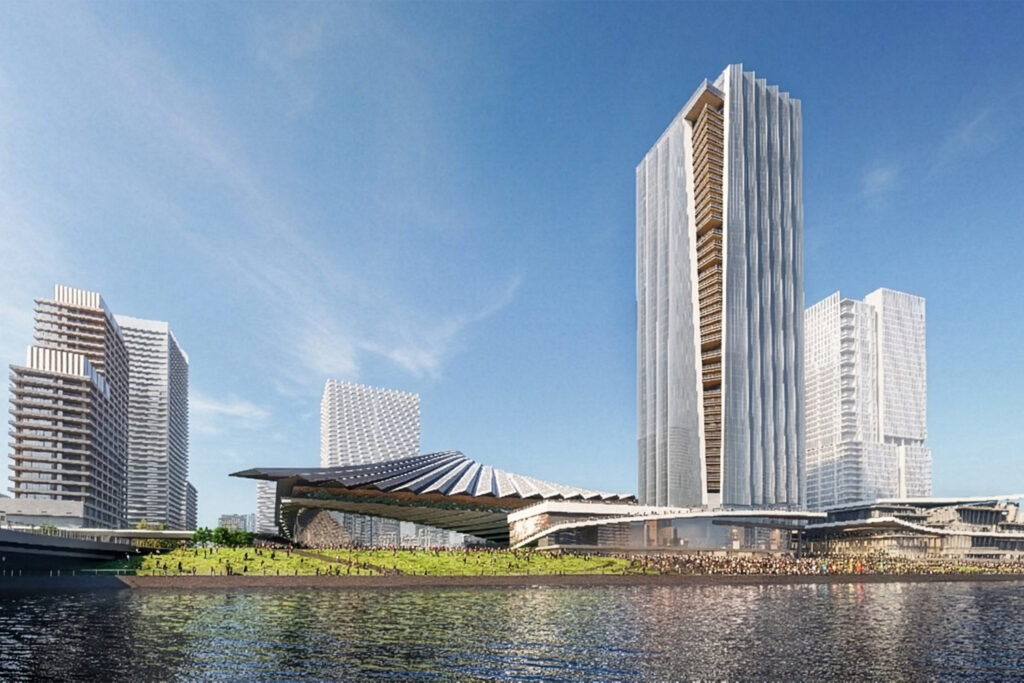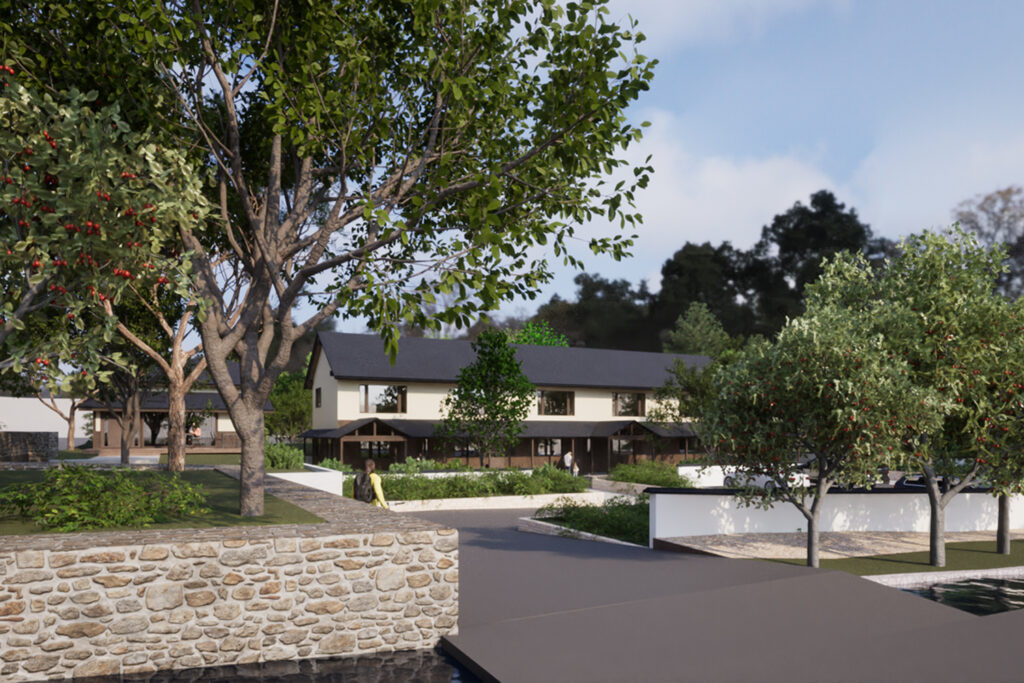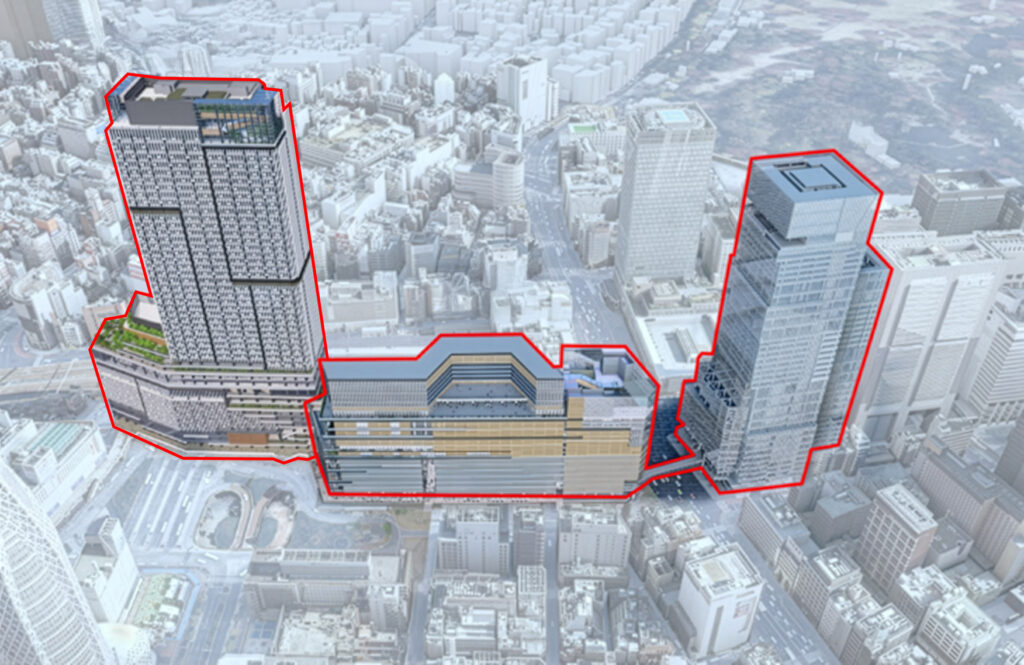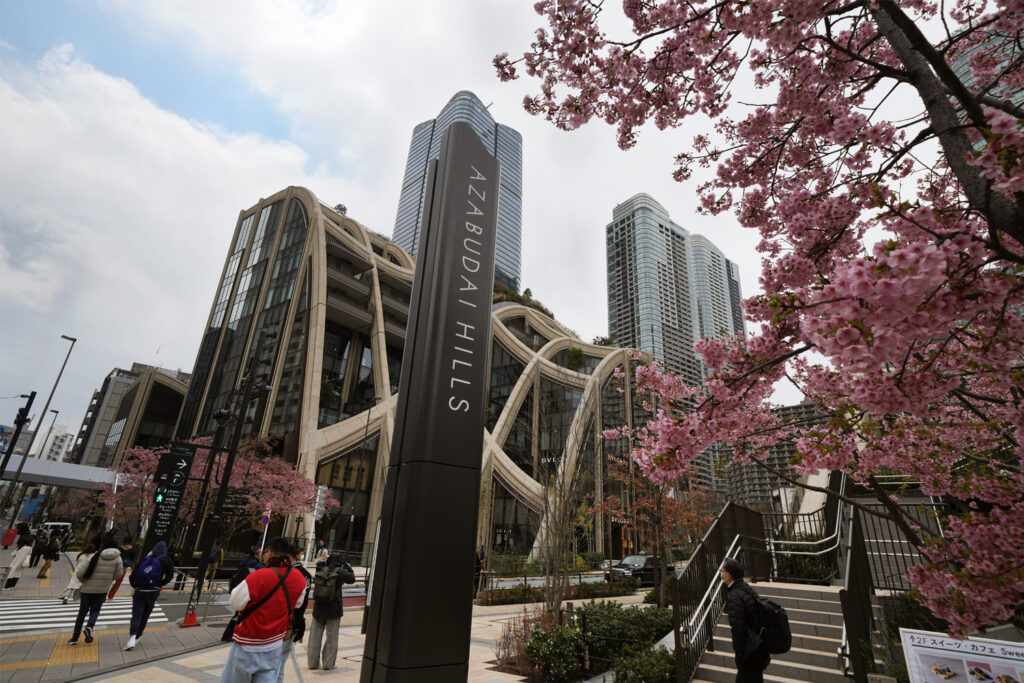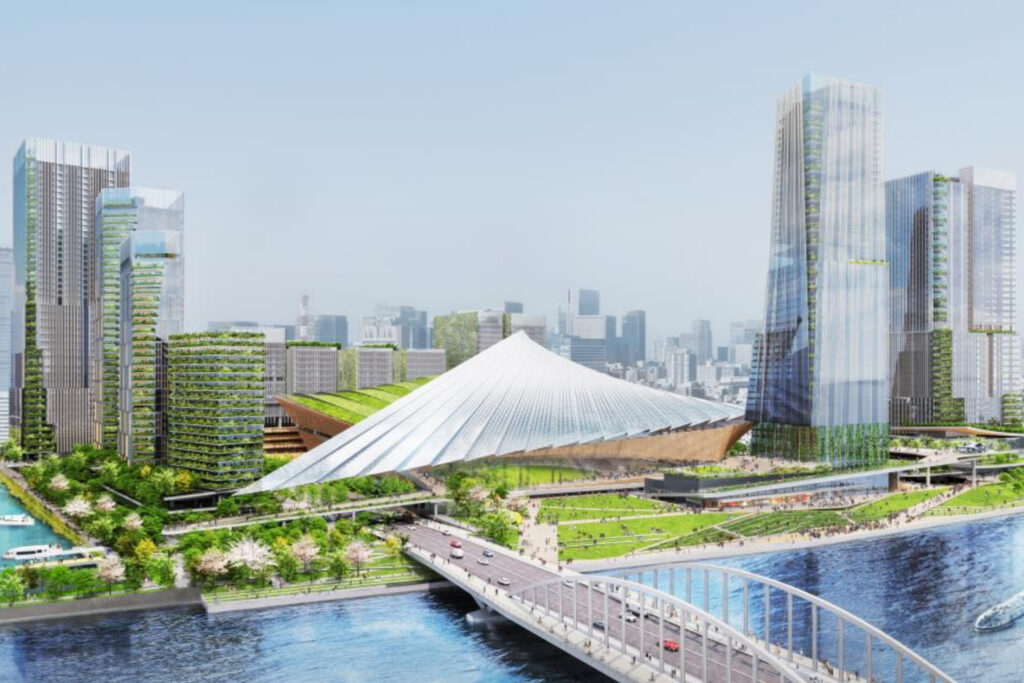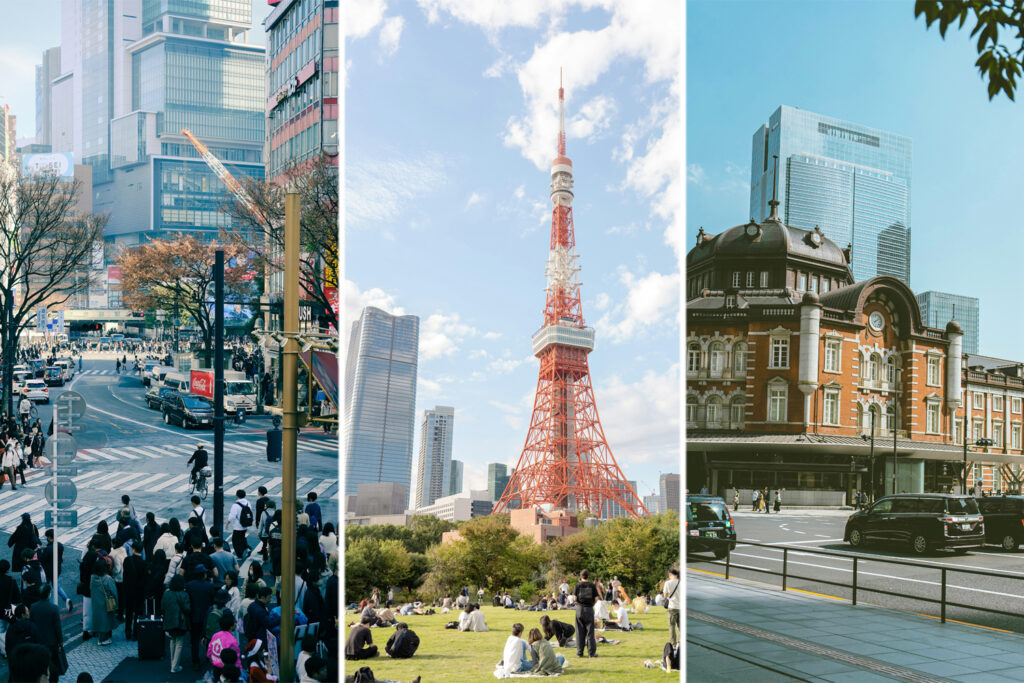This article was originally published in Housing Japan Magazine, Spring 2020 edition.
The latest developments and plans for Japan’s premier alpine resorts

“Growth in luxury accommodations, in particular, is driving upward momentum in the real estate market.”
With fluffy powder snow ranked among the best in the world, plentiful onsen (hot springs) and delicious local produce, Niseko has long been delighting winter sports enthusiasts. Thanks to its natural characteristics and the entrepreneurial spirit of its early international visitors, the small town in eastern Hokkaido has become a thriving ski resort that competes with global favourites like Aspen, Whistler and Courchevel as a top-class alpine destination.
Following in the footsteps of the now long-established resort of Niseko are alpine destinations on Honshu, such as Hakuba, Nozawa and Myoko. We take a look at Niseko and the growing popularity of some of the alternatives.
Niseko: history and trajectory
Though winter activities in Niseko date from the early 20th century, the area was a well-kept secret among local skiers until the late 1990s when Australian visitors fell in love with its powder snow and started to tell their friends about it. Some of those visitors saw the potential to offer more than the basic lodgings available, returning in the 2000s to build ski-in, ski-out chalets. Next came midrange townhouses and apartments built by developers before the arrival of luxury condominiums, villas and international hotel brands a few years later. While the global financial crisis in 2008 and the fallout from the Great East Japan Earthquake in 2011 put activity on pause, the market recovered well.
In the past seven years, the town has seen numerous new developments in and around Niseko’s main ski resorts. With the luxury market in mind, developers have adopted stylish designs, high-end fixtures and fittings and tie-ups with nearby hotels or condominiums to offer the exclusive services of that brand, says Ken Nakazawa, head of project sales at Housing Japan. Properties of all sizes have come to the market, including more stand-alone four- or five-bed villas to accommodate larger groups, as well as multi-villa sub-division developments. According to Nakazawa, this “community feel” is a key factor in ensuring a property can enjoy a successful return.

Attractive characteristics
Niseko boasts a high-quality ski and après-ski offering that combines world-class snow and local, Japanese experiences. Snow quantity and quality are guaranteed, with an average of 15.3 metres of snowfall over a long season that typically lasts from late November to early May. The town’s dining scene utilises local produce from nearby farmland and oceans to offer high-quality cuisine and Japan’s famed omotenashi hospitality. Soaking in onsen—or a private hot-tub in a villa—also appeals to visitors after a day on the slopes.
Positive influences
Growth in luxury accommodations, in particular, is driving upward momentum in the real estate market. Yet, globally speaking, Niseko remains good value for money. Real estate in the resort is 60% cheaper than in Courchevel, the most expensive in the world, according to a 2019 Ski Report by British real estate services company Savills. Despite a 66.7% increase in land price in Kutchan, the town nearest to Niseko, in 2019, the area is ranked only 31st globally in Savills’ list of prime residential land prices. Demand for holiday properties is forecast to continue to rise amid Japan’s inbound tourism boom. Over 2012–19, there was a 177% increase in international tourists to Niseko, with 45% growth in the past two years, according to data from the Hokkaido Prefectural Government.

Growth potential
With work ongoing to further advance Niseko, the future of the resort and its surroundings look bright. By 2030, the Shinkansen bullet train route will be extended from Shin-Hakodate-Hokuto to Kutchan, which is part of Niseko. The significant reduction in journey times is expected to boost arrivals.
The national government’s ongoing tourism efforts involve driving more visitors to regions, including Hokkaido, with initiatives such as the National Park Step-up Program 2020. Locally, many initiatives are also underway to improve Niseko’s green season offerings in a bid to make it more of a year-round destination.
The emergence of Hakuba
Hakuba, in Japan’s Northern Alps, is more than just a small rural village. It is an expansive valley surrounded by steep mountains that support the largest ski terrain in Japan. The area is blessed with a unique micro-climate; freezing winds that blow in over the Sea of Japan from Siberia each winter dump metres of powder snow over the steep mountain terrain. Skiers have played in the area for more than 100 years and, in summer, the mountain ranges are a mecca for serious mountaineers and day trekkers alike.
Hakuba was the centre of Japan’s ski bubble, which peaked around the 1998 Winter Olympics when the village hosted the Olympic ski-jumping and downhill events.
“In the late 80s and 90s you had something of a ski bubble in Japan,” says Joe Rigby, co-founder of Housing Japan, who is a keen skier and Hakuba regular. “But after the Olympics, visitor numbers really dropped off as Japan went into a deep recession and young people stopped skiing.
“During the ski bubble, a lot of Japanese families moved to Hakuba and started ski hotels, restaurants and other businesses. Over the past 20 years, many of these owners have been reaching retirement age, and there has been a steady stream of them selling their properties to young inbound entrepreneurs, particularly Kiwis, Aussies and Canadians.”
Many investors see a bright future for Hakuba. The 2012 acquisition of the Hakuba Resort Development company by listed company Nippon Ski Resort Development and the subsequent formation of Hakuba Valley, a consortium of the 10 ski resorts in the Hakuba area, has opened the way for a variety of investments. Hakuba Mountain Harbor, a year-round viewing platform and restaurant atop one mountain with stunning views down the valley, is the most recent example of improvements to the resort infrastructure.

A number of high-profile retail brands, including Patagonia, North Face and Fenix have also opened shops in the village in recent years. Most recently, the popular camping goods brand Snow Peak has built a Kengo Kuma-designed flagship store and recreation space in the centre of the village, which includes a Starbucks outlet.
Given Hakuba Valley’s relative proximity to Tokyo and the abundance of accommodations and outdoor activities, there is great potential for growth in the green season as well as the winter season. Unlike Niseko, Hakuba has not seen much new development since the ski-bubble days. As a result, real estate prices tend to be significantly lower than those on Hokkaido.
“Gone are the days when you could buy a small hotel for ¥20 million. That said, there are still great bargains to be had for those willing to spend the time to search,” says Rigby of the real estate market in Hakuba.
In a post-COVID-19 world, it is possible that many Japanese families will look close to home for holiday options. In this environment, we may well see Hakuba and other similarly located resorts enjoy an increase in domestic travellers in both the summer and winter seasons. And, when inbound travel begins to pick up again, it is certain we will see a strong return of travel-starved inbound visitors to alpine resorts throughout Japan.
See our hand-picked selection of Resort Property for sale

